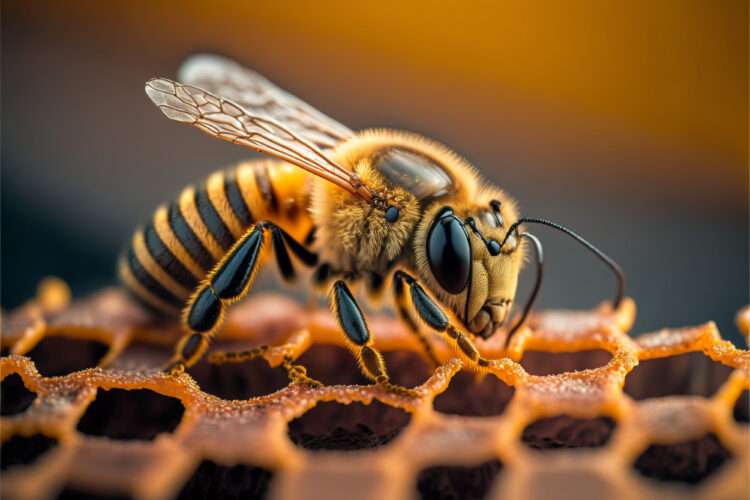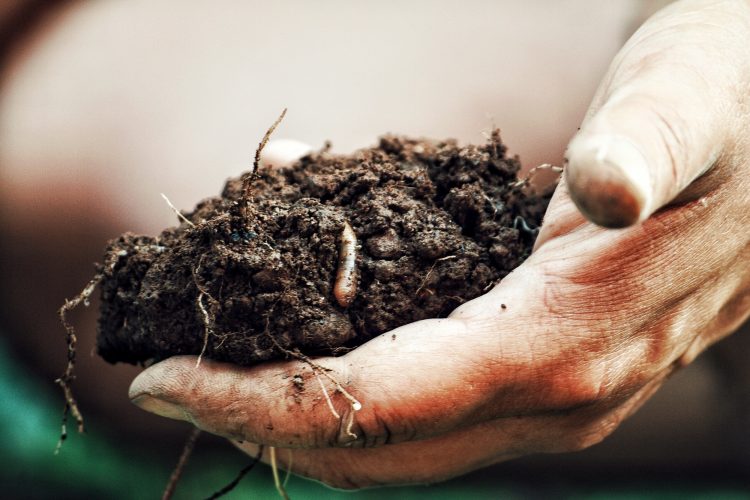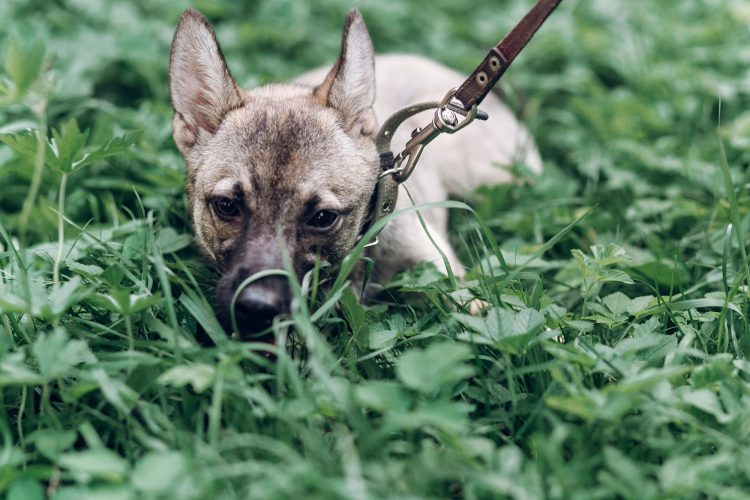Queen
Each colony has only one queen, except during and a varying period following swarming preparations or supersedure. Because she is the only sexually developed female, her primary function is reproduction. She produces both fertilized and unfertilized eggs. Queens lay the greatest number of eggs in the spring and early summer.

During peak production, queens may lay up to 1,500 eggs per day. They gradually cease laying eggs in early October and produce few or no eggs until early next spring (January). One queen may produce up to 250,000 eggs per year and possibly more than a million in her lifetime.
Drones
Drones (male bees) are the largest bees in the colony. They are generally present only during late spring and summer. The drone’s head is much larger than that of either the queen or worker, and its compound eyes meet at the top of its head.

Drones have no stinger, pollen baskets, or wax glands. Their main function is to fertilize the virgin queen during her mating flight. Drones become sexually mature about a week after emerging and die instantly upon mating. Although drones perform no useful work for the hive, their presence is believed to be important for normal colony functioning.
Workers
Workers are the smallest and constitute the majority of bees occupying the colony. They are sexually undeveloped females and under normal hive conditions do not lay eggs.

Workers have specialized structures, such as brood food glands, scent glands, wax glands, and pollen baskets, which allow them to perform all the labors of the hive.
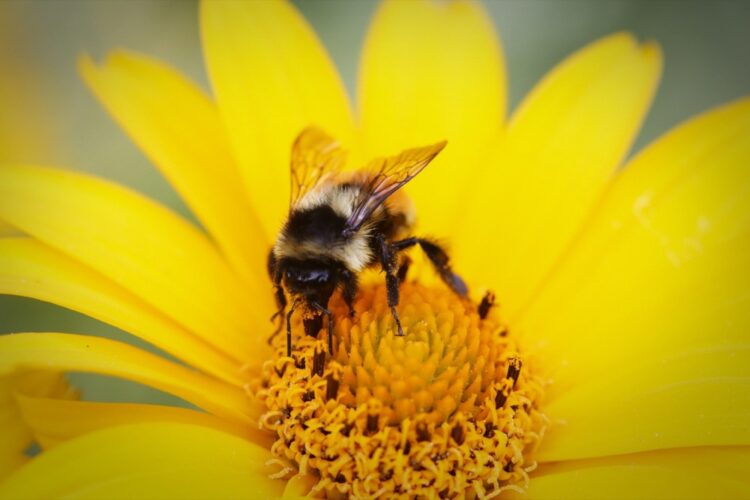
They clean and polish the cells, feed the brood, care for the queen, remove debris, handle incoming nectar, build beeswax combs, guard the entrance, and air-condition and ventilate the hive during their initial few weeks as adults. Later as field bees they forage for nectar, pollen, water, and propolis (plant sap).
Laying Workers
When a colony becomes queenless, the ovaries of several workers develop and workers begin to lay unfertilized eggs. Development of the workers’ ovaries is believed to be inhibited by the presence of brood and the queen and her chemicals.
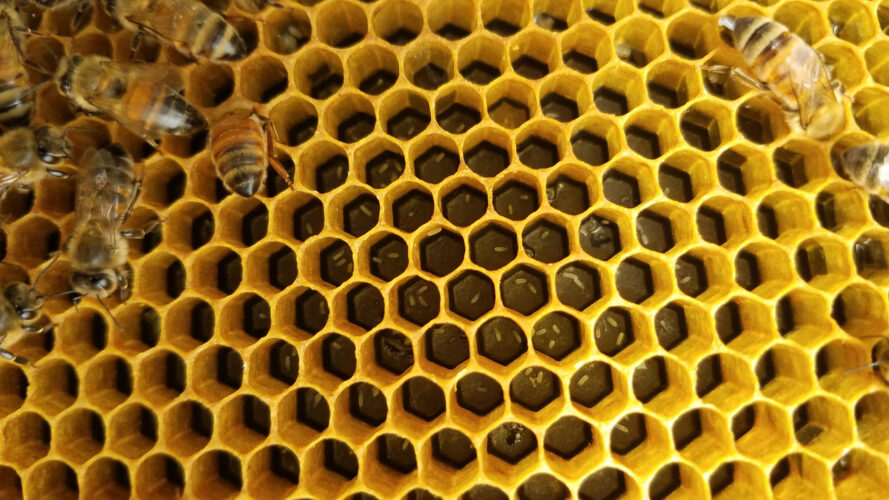
The presence of laying workers in a colony usually means the colony has been queenless for one or more weeks. However, laying workers also may be found in normal “queenright” colonies during the swarming season and when the colony is headed by a poor queen.
Bee Development
All three types of adult honey bees pass through three developmental stages before emerging as adults: egg, larva, and pupa. The three stages are collectively labeled brood. While the developmental stages are similar, they do differ in duration.
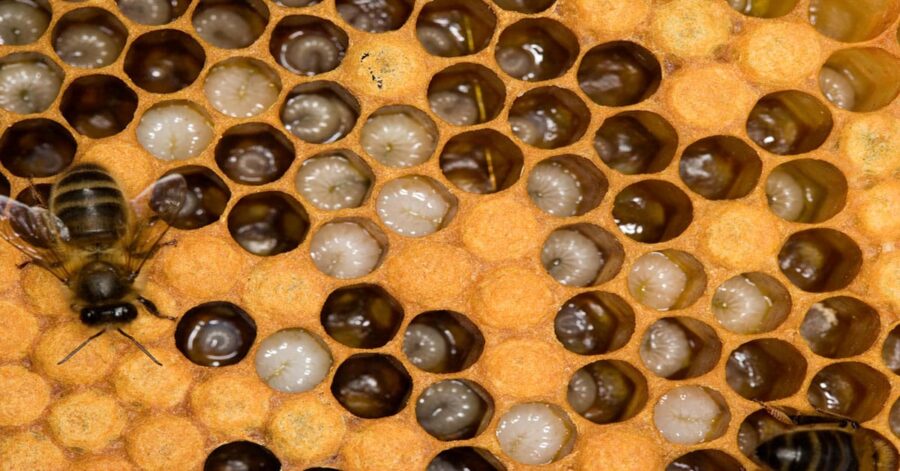
Unfertilized eggs become drones, while fertilized eggs become either workers or queens Nutrition plays an important part in caste development of female bees; larvae destined to become workers receive less royal jelly and more a mixture of honey and pollen compared to the copious amounts of royal jelly that the queen larva receives.

